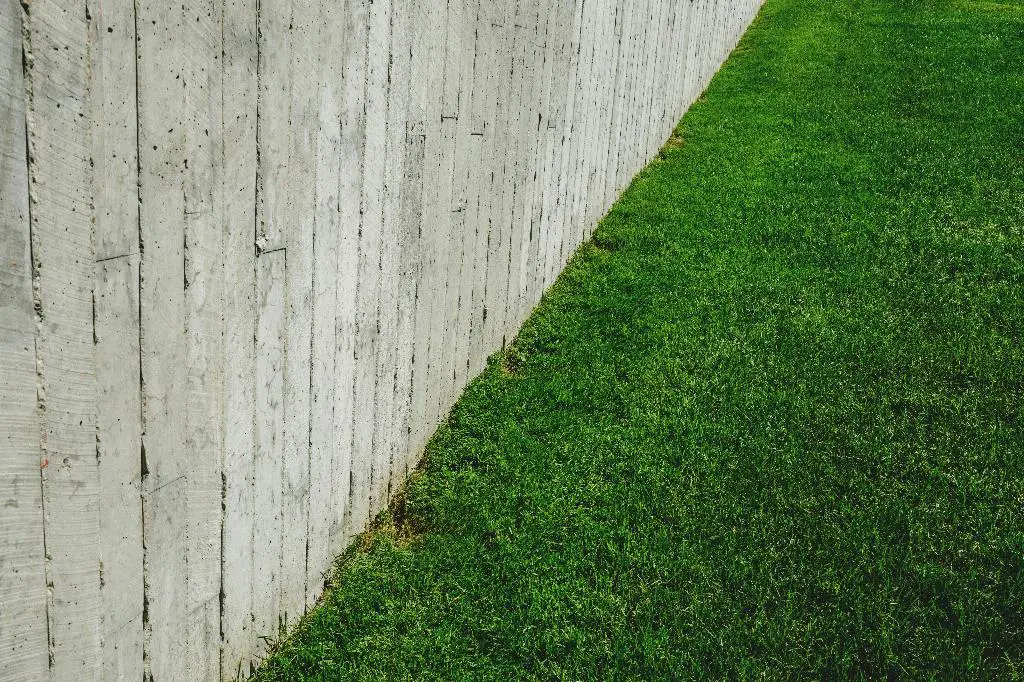One of the key factors to maintaining a healthy, lush lawn is proper watering. When it comes to watering your lawn with a sprinkler system, the frequency of watering plays a crucial role in the overall health of your grass. Understanding how often to water your lawn can make a significant difference in its appearance and vitality.
First and foremost, it’s important to take into account the temperature in your area when determining how often to water your lawn. Different temperatures require different watering schedules to ensure optimal growth and health for your grass. If the temperature is 60 degrees Fahrenheit or lower, you should aim to water your lawn 1-2 times a week to provide sufficient moisture. In contrast, if the temperature ranges between 70 to 80 degrees Fahrenheit, it’s recommended to water your lawn 3 times a week to keep it hydrated and healthy.
During hotter days when the temperature reaches 90 degrees Fahrenheit or higher, your lawn will require more water to combat the heat and prevent dehydration. In such cases, it is advisable to water your lawn 3-4 times a week to ensure that the grass roots receive enough moisture to stay vibrant and green. Adjusting your watering schedule based on the temperature can help prevent underwatering or overwatering, both of which can have negative effects on your lawn.
In addition to considering temperature, it’s also essential to pay attention to the type of soil in your lawn. Different soil types retain water differently, which can impact how often you need to water your lawn. For example, sandy soil drains water more quickly and may require more frequent watering sessions, while clay soil retains water longer and may necessitate less frequent watering. Understanding your soil type and how it interacts with water can help you tailor your watering schedule for optimal results.
Another factor to take into account when determining how often to water your lawn is the season. During the hotter summer months, when evaporation rates are higher, your lawn will likely require more frequent watering to combat the heat and maintain its health. In contrast, during the cooler spring and fall seasons, you may be able to reduce the frequency of watering to prevent overhydration and promote healthy root growth.
Observing the condition of your lawn can also provide valuable insights into its watering needs. If you notice signs of dehydration such as wilting, browning, or footprints that linger on the grass, it may indicate that your lawn is not receiving enough water and requires more frequent watering. On the other hand, if you observe excessive runoff or standing water, it may be a sign of overwatering, necessitating a reduction in your watering frequency.
It’s important to water your lawn deeply rather than frequently to encourage the growth of deep, strong roots. Deep watering helps the grass develop a robust root system that can access nutrients and water from deeper in the soil, making it more resilient to drought conditions and stress. Ensuring that your lawn receives adequate water penetration during each watering session can promote healthier growth and reduce the need for frequent watering.
When it comes to watering your lawn with a sprinkler system, it’s essential to water during the early morning hours to minimize evaporation and ensure that the water has a chance to penetrate the soil effectively. Watering in the early morning also helps prevent the growth of fungal diseases that thrive in moist conditions, as the grass blades have a chance to dry out during the day. Avoid watering in the evening, as the grass will remain wet overnight, increasing the risk of disease and fungal growth.
Regularly monitoring the moisture level of your lawn can help you determine when it’s time to water and prevent both overwatering and underwatering. You can use a simple moisture meter to check the soil’s moisture content or perform a touch test by feeling the top layer of soil to gauge its dryness. By staying attuned to your lawn’s moisture needs and adjusting your watering schedule accordingly, you can ensure that your lawn remains healthy and vibrant year-round.
Ultimately, how often you should water your lawn with a sprinkler system depends on various factors such as temperature, soil type, season, and the condition of your lawn. By considering these factors and tailoring your watering schedule to meet your lawn’s specific needs, you can promote healthy growth, vibrant color, and lush texture for your grass. Remember to observe your lawn regularly, adjust your watering frequency as needed, and provide the necessary care to keep your lawn looking its best.

